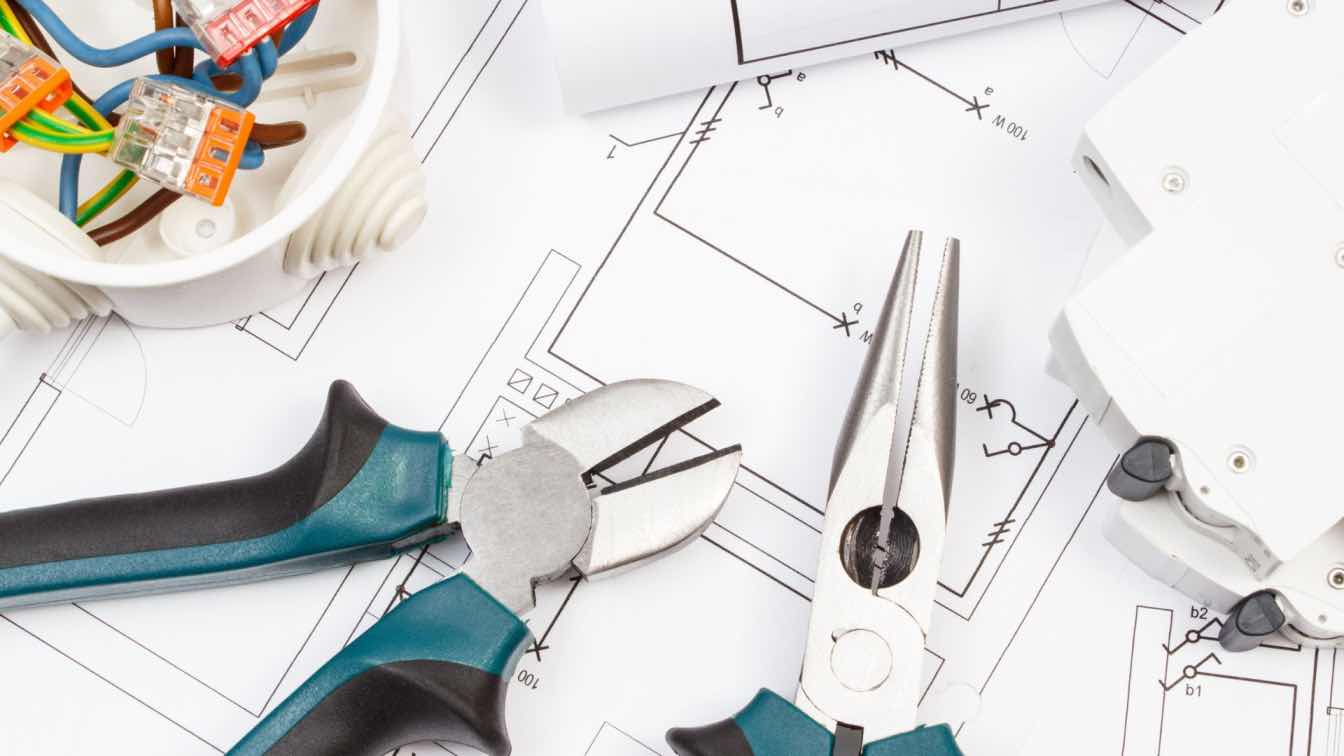When designing homes, architects often focus on the aesthetics and functionality of the spaces they create. However, in today’s world, architects also need to understand the financial side of the equation—specifically, home loans. Whether it’s a custom-built dream home or a major renovation, knowing how home loans work can help architects better guide their clients through the process. Not only does this knowledge improve communication between all parties involved, but it also ensures that design choices align with what is financially possible.
Understanding the basics of home loans is essential for architects to offer practical advice to their clients. Clients often come to architects with a vision for their ideal home, but without a clear understanding of the financing available to them, those dreams might not be attainable. By understanding the various types of home loans and how they work, architects can design homes within the financial constraints of their clients, ultimately helping to create a smoother project experience from start to finish.
Understanding the Basics of Home Loans
Home loans, often referred to as mortgages, come in a variety of types, each suited for different situations. The most common types include fixed-rate mortgages, adjustable-rate mortgages (ARMs), and government-backed loans like FHA or VA loans. Understanding these basic options is crucial for architects, as they impact the amount of money a client can borrow and the terms of repayment.
A fixed-rate mortgage is the most straightforward. The interest rate remains the same throughout the life of the loan, making monthly payments predictable. In contrast, an adjustable-rate mortgage may start with a lower interest rate but can fluctuate over time, depending on market conditions. This type of loan may offer short-term savings but can lead to higher payments if rates rise in the future.
Government-backed loans, such as FHA and VA loans, are designed to help individuals who might not otherwise qualify for a traditional mortgage. FHA loans are particularly beneficial for first-time homebuyers or those with lower credit scores, while VA loans are available to veterans and active-duty service members, offering favorable terms and conditions.
Architects should familiarize themselves with these loan types because each one affects the project budget. For instance, a client with a VA loan may have a lower down payment requirement, freeing up more money for construction. Similarly, the interest rates on these loans can vary, impacting how much the client can afford in the long term. Knowing how mortgage rates affect loan affordability can help architects better advise clients on their financial options.
How Home Loans Impact Design Decisions
Designing a home isn’t just about choosing colors, materials, and layouts; it’s also about understanding the client’s financial capacity. The amount of money a client can borrow through a home loan can directly influence the scale and complexity of the project. Architects need to consider the budget as they design, ensuring that the client’s vision is feasible within the limits of what they can afford.
For example, if a client is approved for a larger loan, they may be able to incorporate high-end materials or add luxury features to their home. On the other hand, if a client is working with a smaller loan, the design might need to be simplified, or certain elements might have to be scaled back. In either case, having a clear understanding of the loan terms allows the architect to manage expectations and keep the project on track.
It’s also essential for architects to work closely with clients to ensure the loan terms align with the overall project scope. Clients might not always be aware of how a large loan or a higher mortgage payment could impact their day-to-day finances. By being mindful of these factors, architects can offer realistic solutions and adjust the design to fit within the client’s financial situation.
Home Loan Pre-Approval: A Crucial Step in Planning
Before embarking on any home design project, it’s essential for clients to go through the pre-approval process for a home loan. This step involves a thorough review of their financial situation, including credit scores, income verification, and debt-to-income ratios. Pre-approval gives clients a clear understanding of how much they can borrow, which helps architects design a home that is within their budget.
Pre-approval can also streamline the project timeline. Once clients have a clear idea of their loan amount, they can make more informed decisions about the design, materials, and overall scope of the project. Additionally, knowing that the client is pre-approved gives architects confidence that the project will be financially viable and reduces the risk of complications down the line.
One important factor that pre-approval influences is the amount of time available for the project. A client with a pre-approved loan can typically begin the design and construction process faster than one who has not yet gone through this step. Therefore, architects should encourage their clients to secure pre-approval early in the planning stage to avoid delays later on.
Construction Loans vs. Traditional Mortgages
One type of loan that architects should be particularly aware of is the construction loan. These loans are designed for individuals who are building a new home or undertaking a major renovation. Construction loans differ from traditional mortgages in that they are typically short-term and used to cover the costs of the construction process itself.
With a construction loan, the lender disburses funds to the borrower in phases as the project progresses. This is different from a traditional mortgage, where the borrower receives the entire loan amount upfront. Since construction loans are short-term and tied to the completion of a project, architects need to be mindful of the construction timeline and budget to ensure that everything stays on track.
Architects can help clients navigate construction loans by keeping the project timeline realistic and ensuring that the design allows for a smooth disbursement of funds. It’s crucial to communicate clearly with lenders and clients about the various stages of construction and how the funding will be released.
The Role of Architects in the Loan Process
While architects are primarily responsible for the design of a home, they can also play a vital role in the loan process. By understanding how mortgages and construction loans work, architects can better advise their clients and help facilitate communication between the client and the lender.
One of the most important ways architects can assist is by providing accurate cost estimates. Lenders often require detailed estimates of the project’s costs before approving a loan, and having these documents prepared can make the loan approval process go more smoothly. Architects can also help clients gather the necessary documentation for the loan application, ensuring that the process is as efficient as possible.
Furthermore, architects can help clients understand how loan terms affect the design process. For example, some clients may not realize that a larger loan can result in higher monthly payments. By discussing the financial implications of their design choices early on, architects can help clients make decisions that won’t negatively affect their financial well-being in the long run.
Common Challenges Architects Face with Home Loans
Despite the best efforts of both architects and clients, securing home loans can come with its challenges. A common roadblock is a client’s credit score. If a client has a low credit score or significant debt, they may struggle to secure a mortgage with favorable terms. In these cases, architects can help by recommending that clients work with financial advisors to improve their credit before pursuing a loan.
Another challenge is the potential for cost overruns or delays during construction. These issues can result in additional borrowing needs, which can impact the client’s ability to repay their loan. Architects can minimize these risks by providing realistic timelines, working within budget constraints, and keeping clients informed about any potential changes.
By being proactive and understanding how home loans work, architects can reduce the likelihood of these challenges and help their clients navigate the loan process more effectively.
Conclusion
Understanding home loans and mortgages is no longer just the domain of financial professionals—it’s an essential skill for architects, too. By familiarizing themselves with loan types, pre-approval processes, and the nuances of construction loans, architects can help clients design their dream homes while staying within their financial limits. This not only improves the client’s experience but also ensures that the design and financial aspects of the project are aligned. Architects who understand the home loan process can add significant value to their clients’ homebuilding journey, helping them achieve both their financial and design goals.





